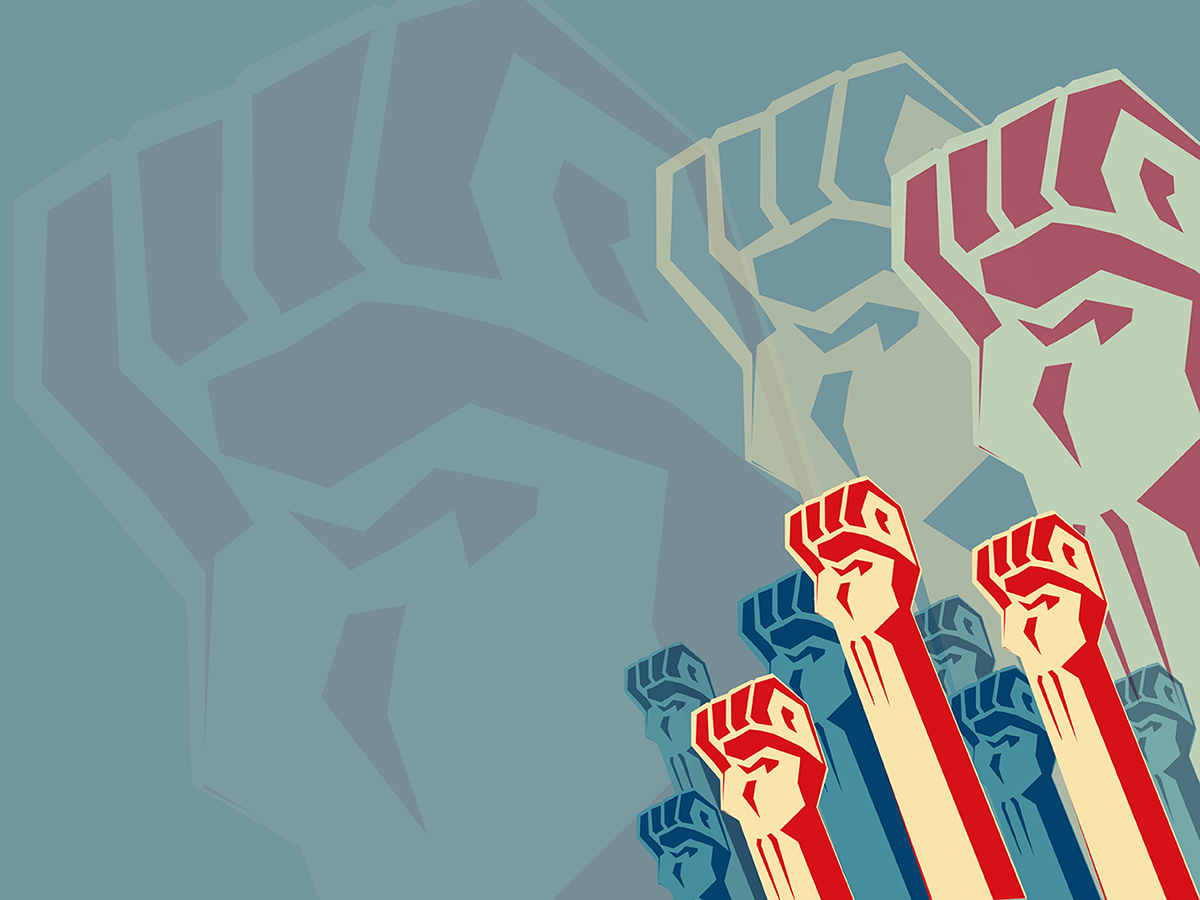Submitted by BJensen on

Struggling to identify where you can make an impact? For so many, the desire to make positive changes around human rights can be overshadowed by the overwhelming sense that the issues are too large, too complex and too distant to be able to actually make a difference. We ask: who am I to try to change things? You are a community member, a citizen, a neighbor, a family member and a friend. Around all of us are networks of individuals with whom we interact on a daily basis. We can all take steps toward a more inclusive, positive and understanding world by interacting with those we know best.
Below are five examples of tactics from the New Tactics in Human Rights tactic database that have been used to change the dialogue, breed inclusiveness and provide protection and open spaces for at-risk groups in communities. These and other tactics can be adapted and applied locally, and they are transferable: what works on a seemingly unrelated issue halfway across the world can provide inspiration and creativity for your local action.
1. Reducing stigma and stereotypes by “reading” people, rather than books
Human rights violations can easily stem from a lack of interaction and misunderstanding among diverse social groups. By simulating a library checkout of people instead of books, the human library project can help foster respectful dialogue between distinctive individuals and their peers, intending to promote understanding on various lifestyles within any given community. The human library can help to reduce prejudices and misinformed stereotypes that are commonly associated between different social identities in a community.
2. Pairing police with refugees and migrants to develop understanding and reduce discrimination
Misunderstanding between local authorities and at-risk populations can have very negative outcomes. By pairing police with refugees and migrants, the International Centre for Cultures and Languages creates space for police officers and immigrants to get to know each other on a personal, rather than professional, level. The officer and paired individual do activities together. These activities may include working on an agreed upon project, going out to eat, watching a football match or taking a walk. The officers learn about their new friend’s family, job and culture and may be surprised to find that this friend’s life is not so different from their own. These pairings can allow negative stereotypes about immigrants to be dismantled while at the same time helping immigrants to understand and be more comfortable around the police.
3. Visual mapping to create public awareness and pressure for policy change
Visual representations of the problem you are addressing can be a very strong asset. Greenpeace utilized GIS mapping to generate public interest in the environmental violations along the Lebanon coastline. Through mapping areas of environmental concern, Greenpeace was able to create a visual representation of the issue and raise awareness. By bringing the abstract into perspective, Greenpeace was able to provide context and clarity to their issue. Mapping human rights violations within communities is being used by many organizations to illustrate and combat issues within their communities.
4. Partnering with local shop owners to create neighborhood safe zones free of sexual harassment
In Cairo, the organization Harassmap identifies neighborhoods with the highest number of sexual harassment incidents and reaches out to people in those communities, specifically, local shop owners to engage with them about making their business a safe space for victims. Volunteers visit shop owners and talk with them about sexual harassment issues and how intervention in such incidents would help bring more people into their shops. Interested shop owners agree to display a poster identifying them as a ‘safe zone’ and intervene when they witness an incident of sexual harassment.
5. Using mobile phones to create a network of communication that can stop violence before it escalates
In Northern Ireland, Interaction Belfast utilizes cell phones and text messaging to build a network of individuals who can respond to prevent outbreaks of violence. During events that are likely to cause violence, such as sporting events or protests, the network can plan ahead to monitor key areas and intervene when necessary. By building a network of individuals and leaders on both sides of conflict who want to prevent violence and arming them with needed information to prevent it, Interaction Belfast was able to help stem the tide of violence.
------
New Tactics in Human Rights is a program of the Center for Victims of Torture (CVT) that inspires and equips activists to change the world. Since 1999, New Tactics has been identifying and collecting innovative tactics used by human rights activists around the world. To date, New Tactics has over 200 tactics in its online database.
*Reblogged from the Center for Victims of Torture. The original article can be found here.
Illustration by © Isak86 | Dreamstime.com


